Hello everyone and welcome to the sixth installment of our Developer Interview Series. I’m Sitri, a Community Intern here at Warner Bros. Games Boston, and together we’re discovering the roles inside the studio that create Game of Thrones: Conquest!
Thank you to everyone who chimed in within the community about our last interview with our Engineering Team! It was great hanging out and seeing all the discussion on Discord about this last month.

This month, we’ll be shifting from discussing the technical side of our mechanics and systems, to doing a deep dive on the discipline that provides visual expression to them- our Art team!
Our interviewees are spread out across Technical, 3D and 2D art, and while there are more roles that we didn’t have the chance to speak to, like Graphic Design, VFX and Animation, you can read about their work in our most recent blog post, The Art of Developing Battlegrounds!
Now, let’s introduce our Artists, Deco, Dusk, Retro and Spoj, and hear how they work to visualize the world of Game of Thrones: Conquest.
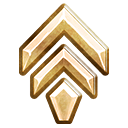
Q: What is your role on Game of Thrones: Conquest?
Dusk: I’m a Senior Technical Artist. Tech Art is a role that can differ depending on the studio, but in general we are a mix between an Artist and an Engineer. As a Tech Artist on Game of Thrones: Conquest I do a variety of things including integrating art into the game and making sure that it is working properly and efficiently, helping develop processes within the art team, creating guidelines for art assets being added to the game, building character rigs, creating tools for artists, being a bridge between Art and other teams, helping script some of the art-centric systems in the game, and much more.
Retro: As a Senior 3D Artist, I create monster pawns, map markers, battleground environments, marketing renders, run the weekly team art review, and mentor where I can! If a feature calls for really pushing in-game visuals, that’s where the 3D team can usually be found.
Spoj: I’m a Senior 2D Artist, which means it’s my job to make things look good! I make everything from avatars to event illustrations to monster portraits. I also get to collaborate with other disciplines on narrative planning.
Deco: As a 2D Artist, I’m asked to do anything from concept to illustration. This means I get to work on designing costumes for troops, concept monster pawns and features, and create elaborate and detailed illustrations for monsters, splash screens, troops, and event art.

Q: What’s the day in the life of an Artist for Game of Thrones: Conquest?
Dusk, Tech Art: I work with a couple of teams, so managing all the work and deadlines for them is a big priority to keep on track. Depending on the work I have, which can be vastly different each day, I will likely open Unity and/or Maya to get started. I could be working on a monster rig, setting up art assets, updating art tools, or maybe even doing some research and development (R&D). One consistent part of my day-to-day is communication with various team members both inside and outside the Art team. I am also part of the Live Events team where I help with planning and setting up our monthly art assets in the game such as monsters, heroes, loading screens, etc.
Spoj, 2D Art: The first thing is always letting my team know what I’m doing for the day. Then it’s time for tea (Earl Grey, hot!), and a mix of making art and video meetings. I create a wide range of 2D assets and illustrations, primarily for our Live Operations team. Most of my work is done on a tablet in 2D-based software, but I’ll sometimes graybox (block out with simple shapes) 3D assets first. This can be hugely helpful for dealing with perspectives on architecture or furniture.
Deco, 2D Art: If I have meetings scheduled for the day, they usually consist of planning for events and features where we’ll discuss what is needed for the game and create our tasks (illustrations and concept art). It can take a couple of days to a couple of weeks for a single task depending on what it is. Concepts don’t take too long unless it’s a larger project. Illustrations can often take a while (also depending on the content).
Retro, 3D Art: Every day begins with a dumb amount of coffee in a big dumb mug. On a day I’m working on a monster pawn or map marker, I’ve got reference images on one monitor, and depending on where I am in the pipeline, I could be sculpting, blocking out (modeling) an asset, or texturing.
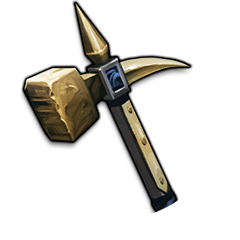
Q: What is your creative process when starting a new project?
Dusk, Tech Art: For anything new, it’s always very important to completely understand what it is we are trying to create, where it will be used, what it entails, etc. As a Tech Artist, I need to be able to define the guidelines for the rest of the Art team so that it can be created efficiently and work properly in the game. There is usually a lot of discussion at the beginning so there is a full understanding from everyone involved. After all of that is fleshed out, the processes vary depending on what we are creating.
Spoj, 2D Art: No matter the asset, I’ll need as much information as I can get about what it is, where it will be used, what story it needs to tell, and whether collaboration with other departments is necessary.
For more involved illustrations, like key art for an umbrella event arc, I’ll always start by gathering references. I’ll create one or more image boards that I’ll use throughout the process for things like anatomy, light models, and costume details. I’ll even take photos of myself (or my very patient husband) so I can get exactly what I need to nail a pose.
Next, I’ll usually make thumbnails so I can figure out the most effective composition. If I need anything 3D (past examples being everything from wine goblets to the crypts of Winterfell), I’ll create a simple model and find the best angle.
Then begins the process of blocking and rendering. I’ll seek feedback from my team, especially if I hit any roadblocks, and get final approval. Depending on the asset, it will be handed off to 3D, Graphic Design, or Tech Art.
Deco, 2D Art: The creative process for concept art and illustration is fairly different, but for the sake of this question I’ll point out the similarities in their workflows. The first thing I do after receiving a task is to find the criteria I’m trying to meet. If it’s a monster portrait/concept, I will need to know if it’s solo and/or rally, what the monster is, if there’s already an existing show reference for it, and if it reads as aggressive as a monster should. I gather reference images and keep the event that they’ll be debuting in mind.
Next, I’ll create thumbnails and sketches while making sure that it’s readable on a small mobile screen. The UI in the game has specific ways of cropping different pieces of art, so templates are used to help stay within the boundaries. Once I’ve had feedback from the team, I can move forward and make adjustments.
After that is the rendering process. Concept art doesn’t typically need a ton of rendering, but it needs enough so that the 3D Artists can visualize and understand it well. Once the art is fully rendered and approved, it is delivered to 3D (concepts), Graphic Design (event art), and Tech Art (monster/troop portraits/avatars).

Q: How does your role differ from other Art disciplines?
Dusk: In being a Tech Artist, we need to have a lot more technical knowledge than the other art disciplines, but at our core we are still artists. It’s an exciting in-between place to live where we can help define and create the more creative aspects of the art as well as making sure it will be shown in the best way possible. We are the ones who get to really bring art to life in the game and let our players be able to experience the art to its fullest.
Retro: Creating 3D art for Game of Thrones: Conquest means creating environments and props that pull you into the world of Westeros. For The Great Ranging Battleground, I was tasked with creating the icy tundra assets and terrain textures throughout the environment. The intention is to further pull the player in with every piece of deco scattered throughout the terrain while creating a little bit of story. “Who lives in that cabin?” “Why is that wagon and cabin destroyed?” These are the types of questions and story elements 3D gets to create when developing for Game of Thrones: Conquest.
Spoj: Making realistic, finely rendered 2D art for Game of Thrones: Conquest can be really daunting. It’s like learning how to paint everything! It’s so important to understand the properties of light, color, perspective, different materials, anatomy, architecture…the list goes on, and there’s always more to learn.
How does bounce light behave with different colors and materials? How does the reflectivity of iron change when it starts to rust? What makes fur look thin and sleek instead of thick and fluffy? I have to be able to analyze what I see in reference and in life so that I can understand what makes any given thing look the way it does. That’s why it can be so valuable to have a 3D to 2D workflow (i.e. modeling assets in 3D for a 2D paintover) or make use of photo textures. They’re shortcuts that make it so I don’t have to render something from scratch every single time I make some part of a 2D illustration.
Deco: 2D Art can be so front-facing and so hidden at the same time. It’s a huge part of the beginnings of a feature with concept art at the forefront, but also comes in much later to display art on top of something already functioning.
As 2D artists, we’re here to help others visualize their thoughts and put forth ideas of our own that may influence design or tech for the game in the future. It also means helping players further visualize the characters and enemies they will face in game. So much of Game of Thrones and its lore is already compiled and built, which is a massive treasure trove for research and reference gathering. It allows me as a concept artist and illustrator to learn the “rules of the game” and play within those rules to come out with work that is authentic to Game of Thrones.
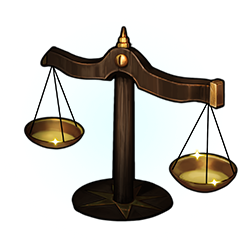
Q: How do you collaborate with different departments and teams in the studio?
Dusk: Collaboration with different departments and teams is a fundamental part of my day-to-day.
Within the Art team, there is a lot of collaboration between Tech Art and every other discipline, since we are there to support and work alongside them to get art into the game. I work with Production a huge amount as well to make sure we are meeting deadlines, planning out the correct projects, handing off tasks effectively, etc. On the Live Events team, there are cross-department meetings to plan out our events each month with every piece in mind.
I also collaborate with Design a decent amount to ensure that the events and art line up and are set up appropriately in the game. Then, I will also work with the Quality Assurance (QA) team to make sure that everything is functioning how we expect it to and doing some back-and-forth in the cases where things need to be fixed or adjusted. On a feature team, as an art representative it is also my job to communicate any concerns, needs, input, etc. and then bring that information back to the rest of the Art team.
Retro: When creating monster pawns, I work with a concept artist to figure out what is and isn’t achievable in 3D. Then I move onto the step of creating the 3D asset while communicating with both the Tech Artist and Animator to determine how we intend the monster to move and articulate. Afterwards, I move onto texturing while getting feedback from the Art team on visual quality and how it reads in-game.
Deco: I work with many people inside and outside of the Art team. For anything related to Live Operations I usually work with Production, Graphic Design, other 2D Artists, and Design (specifically, on the Live Operations and Narrative side). Together we discuss the events coming up and plan for what will be needed in the future. In those planning meetings we will figure out if new art is needed, and if it is, I’m tasked with concepting it and illustrating it. I will consult back and forth with other 2D Artists, Narrative Designers, and a 3D Artist (if modelling is needed) to make sure it’s reading well and makes visual sense.
If it’s a “New Feature” project then it’s typically a much larger group consisting of 2D, 3D, VFX, Animation, Design, Engineers, Production, QA, UI/UX, and Project Managers. These larger projects take months and require many check-ins and meetings to make sure it’s all going smoothly, and everyone is on the same page.

Q: What are some of your favorite projects that you’ve worked on within Game of Thrones: Conquest?
Dusk, Tech Art: One of my favorite projects that I’ve worked on has to be the changes in weather we do in the game for certain times of the year. Changing the game to look spooky or covered in snow is so fulfilling, and getting visual variety throughout the year also keeps things fun and exciting. In order to make the game covered in snow, for example, we need to swap out various art assets for their snow versions, adjust color values, add in sprite overlays for the UI, add snow VFX, etc.
Another favorite of mine is that I built and set up a majority of the system to allow the NPCs to walk and move around the city. Although the NPCs aren’t impactful to gameplay at all, they really help bring the city to life and feel like it is alive and lived in. We also had a lot of fun figuring out which types of characters we wanted to put around the city.
Deco, 2D Art: I think a few standout projects for me are the Lord of Light event art pieces (specifically the Umbrella Art and the PvP art), and the Harpy Monster Portraits and Pawn. I also had the pleasure of doing concept art for the Dragons feature before it was released. To know I was a part of such a massive feature for our game is pretty incredible and makes me happy to think about.
Retro, 3D Art: Hard to pick one favorite project, but I do have favorite aspects of each one. For Combat, creating the launch set of Map Markers provided me with a lot of creative freedom. Dragons helped me grow my tertiary detail skills while sculpting the Egg, Hatchling, Whelp, and Adult dragon phases. More recently, Battlegrounds expanded my technical knowledge of building out environmental deco and terrain generation.
Spoj, 2D Art: Most of my work is done for our ever-rotating slate of events, and I always enjoy finding the narrative. The mechanics of storytelling are endlessly fascinating for me! A recent piece I’m proud of is the fourth anniversary key art. We knew we wanted to feature the four major houses (Stark, Baratheon, Lannister, and Targaryen) and that we would be catering to a wide variety of aspect ratios. Finding just one composition that could work in practically any degree of landscape or portrait was impossible, so the solution we came up with was to make an elaborate tapestry with a direwolf, stag, lion, and dragon and classic medieval imagery. For the splash screen, we placed the tapestry within a moody and reverent castle interior. For marketing banners, the tapestry elements were constructed large enough and detailed enough so they could stand on their own and be rearranged into a new composition.
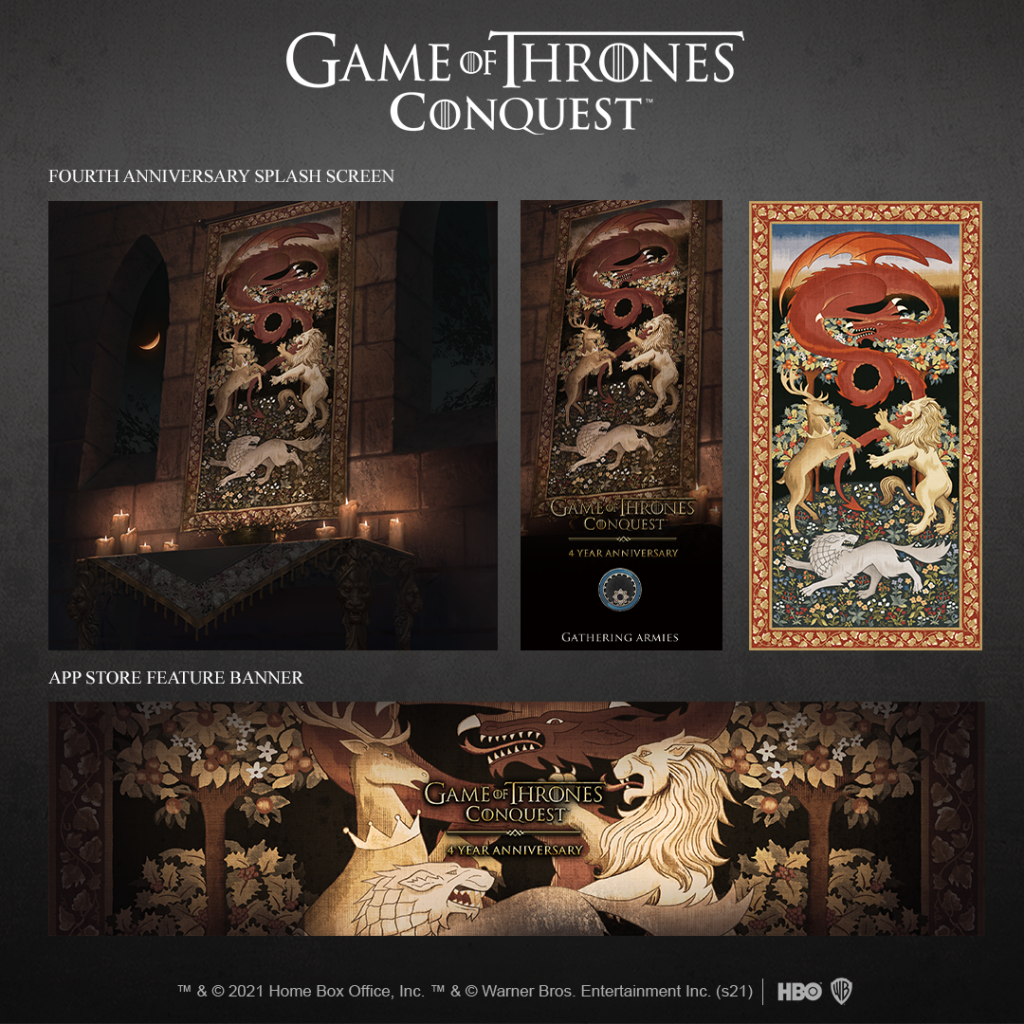
Q: Is there anything else you’d like to share?
Dusk: Tech Art can be an invisible role, especially for those who don’t know the deep inner workings of game development, but I hope this helped give some insight into how art goes from its creation to working in the game in front of players. The whole Art team is always working hard to give players a great experience with the best art we can.
Retro: The world and capabilities of art in games is always changing and improving. Our team is always looking for ways to improve visuals and improve our own skill sets across the board, and I hope players notice that with every new feature that releases!
Spoj: We’ve spent years of our lives immersed in all things Game of Thrones so that we can do justice to this global phenomenon in every piece we make, whether it’s a sweeping cityscape or a pair of boots. It’s why our players are here, and we love being able to cater to such a diverse fandom. There’s nothing like unveiling a new avatar and hearing how excited our players are!
Deco: Art isn’t as simple as doodling away and “just doing it”. It takes a lot of thought and time to produce something that feels like it belongs in the world it’s meant to be in. Our team is so incredibly skilled, and we want to give the best experience to our players as we possibly can.
…. And now, some fun facts about the team!
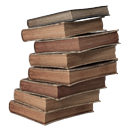
Q: What’s your favorite troop type?
Dusk: Ranged. There is so much satisfaction in the idea of attacking from afar.
Retro: Cavalry forever, namely the T7 Mounted Spearman because the Martell costume design is my favorite.
Spoj: Ranged, and I’ve always loved the T4 Crossbowman. Just an Iron Islander strolling along the surf in a billowing sweep of salty leather like the boss he is!

Q: If you were a stat, what would you be?
Dusk: Maester Speed. I strive to learn and improve skills as much and as efficiently as I can.
Retro: Max March Size. I love PVE and fighting monsters I had a hand in creating, so I like to maximize my march size to obliterate my work.
Spoj: Training Speed because whether it’s art or cooking, I wish I was doing it faster.

Q: Who’s your favorite Game of Thrones character?
Dusk: Arya. She’s a girl assassin who does what she wants – how much better can it get? (Ghost is a close second though.)
Retro: “The Hound” Sandor Clegane. He’s such a visually interesting and imposing character that draws you into every scene he’s in.
Spoj: Brienne of Tarth. Gwendoline Christie is such a queen, and she does an amazing job of bringing this unorthodox knight to life. I would not want to be on the wrong end of her righteous blade!
Deco: I can’t say that I have one favorite, but if I had to choose just one, I’d say Daenerys. I loved her from the very start and her titles are so metal.

We hope you enjoyed this look into our Art team!
It’s amazing to me how much passion they have for visualizing the world of Game of Thrones: Conquest. Make sure to check out The Art of Battlegrounds post to read how all the areas of our Art team, including those not featured in this interview, contributed their talents to Battlegrounds!
As always, if you have any suggestions for the series or questions about this month’s interview, tag @Sitri on Discord in the #game-discussion channel and let’s chat!



